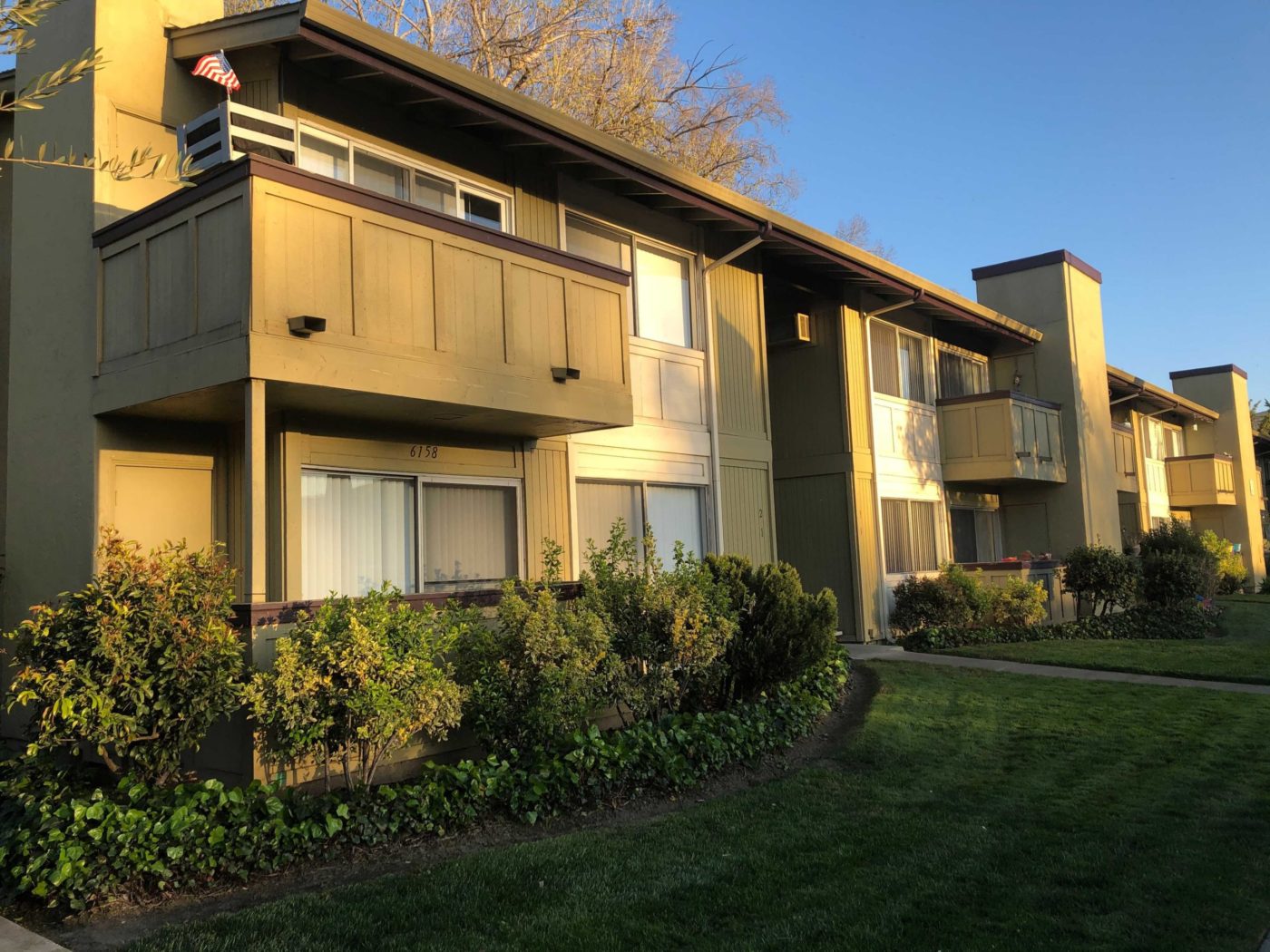SV@Home has been on the front lines of tracking need and advocating for rent relief. “This (local rent relief plan) is not the simplest approach, but it is valuable because it takes seriously the challenges of how to get the money where it’s needed the most and it is a national model for how to achieve those goals,” said Mathew Reed, policy manager for housing advocacy organization Silicon Valley at Home.
BY: Carly Wipf┃San Jose Spotlight
PUBLISHED: March 24, 2021
San Jose is one step closer to getting financial relief to landlords and tenants who’ve struggled to pay their bills during the pandemic.
The San Jose City Council on Tuesday unanimously accepted $30,379,739.90 in emergency rental assistance from the federal government. San Jose is divvying the funds between community-based organizations to reach residents that state rent relief fails to support. For example, state aid doesn’t support residents who don’t have a formal lease — those who are subletting or renting a room, for example.
“Our renters in San Jose are in desperate need of assistance and while now there is the opportunity to apply with the state program, this local program really does a great job in prioritizing lower-income residents as well as tenants with sensitive relationships with their landlords,” said Huascar Castro, associate director of housing and transportation policy at Working Partnerships USA.
Those eligible for relief under the local program include extremely low-income renters who earn less than 30% of the Area Median — about $37,900 per year for a household of two. Residents do not need to have a traditional lease or rental agreement to qualify for local rent relief.
The program is expected to launch in mid to late April.
San Jose plans to grant $12,805,953 to Sacred Heart Community Service, a local organization that provides food, clothes and housing to residents in need. Sacred Heart will help with outreach and will distribute rental relief, utility relief and housing assistance to eligible renters and landlords.
The city will give the other $17,573,798 to the county to assist residents under the Santa Clara County Homelessness Prevention System — which provides financial, legal and case support to people immediately at-risk of becoming homeless. The system is a public-private partnership between the county, Destination: Home and Sacred Heart.
The program will build on the existing system, which provided aid to 15,000 households impacted by the COVID-19 in 2020. Many of the residents did not have traditional rent agreements, said Michelle McGurk, assistant to the city manager.
The Homelessness Prevention will also manage the application process. Applicants will answer screening questions to make sure they are eligible before submitting documentation. Details about the application process have not yet been revealed.
It’s also unclear how much money each renter could receive, McGurk said. If a tenant or landlord needs help now, McGurk said, they should apply to the state program today.
“This (local rent relief plan) is not the simplest approach, but it is valuable because it takes seriously the challenges of how to get the money where it’s needed the most and it is a national model for how to achieve those goals,” said Mathew Reed, policy manager for housing advocacy organization Silicon Valley at Home. “So we’re super pleased that this is moving forward.”
State aid
While San Jose received direct federal aid, the state also received $1.5 billion in emergency rent relief funds and reserved $33 million for San Jose landlords and tenants.
On Feb. 9, the City Council voted to adopt a “hybrid model” where a local program and the state would split the burden of handing out funds. Sacred Heart and Destination: Home will distribute the $33 million to residents via the local program. The state is managing its own program, which launched March 15.
“The rental relief program is the key tool for balancing the interests of both landlords and renters and unwinding the rental debt that has been accumulated,” Councilmember Matt Mahan told San José Spotlight.
The state rent relief program prioritizes families who make up to 50 percent of Area Median Income (AMI) — roughly $63,300 per year for a household of two. These families must have a traditional lease or rental agreement. Any leftover state funds will go to households earning up to 80% AMI or $89,750 per year for a household of two.
Both landlords and tenants can submit applications for rent relief via the state’s online portal at Housingiskey.com. Application assistance is available via a toll-free phone number 833-430-2112. Applications can be filled out in multiple languages.
California Apartment Association spokesman Anil Babbar said his group is helping landlords find aid.
“Owners and residents have struggled over the past year to weather the pandemic and rental housing providers have gone the extra mile to assist their tenants,” Babbar said. “The rental relief funds will help continue this effort while providing property owners the vital funds to operate their buildings and pay their mortgage.”
An ongoing effort
San Jose and its partners will be responsible for ensuring people don’t unfairly overlap or double-up on funds. The state will refer extremely low-income residents who don’t qualify for aid to the local program, according to McGurk.
Reed said the city needs to help residents address underlying financial challenges, negotiate with landlords and understand other available resources.
“There are a lot of people who are struggling and needing support and there’s a tremendous amount of fear and uncertainty,” Reed said. “Right now it’s a very complex environment and so that next challenge is figuring out what are the other pieces that need to come into play if the goal is to figure out how to keep people housed. It’s gonna take more than a rent check to do that.”
